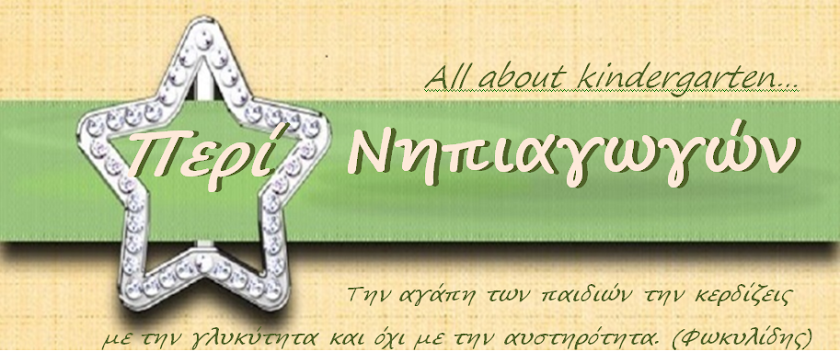The more Letter is actually, within these prior knowledge, brand new less of your budget users have been fundamentally willing to go without in the crossover area. Formula 1, good hyperbolic disregard function of an equivalent mode because decelerate and you can possibilities disregard features (Eco-friendly & Myerson, 2004; Jones & Rachlin, 2006; Rachlin & Jones, 2008) revealed the results:
where V = the undiscounted reward value; v = the crossover point; kpublic = a constant that varied across individuals. The greater was a person’s ksocial, the steeper the discount function, the lower the crossover points across the range of N’s, the less altruistic that person was.
Product and methods
The aforementioned procedure was frequent having 206 Stony Brook undergraduates but, after each crossover part is acquired, participants shown individual-N’s relationship to her or him.
The second try requires you to suppose you made a list of the fresh new one hundred people closest to you about world anywhere between your own dearest friend otherwise relative during the updates #step one so you’re able to just associate during the #100. Anyone within primary will be somebody you know well and that’s their best friend or cousin. The person at #100 would-be individuals you already know and run into however, perhaps you age.
Next you is questioned to respond to a few concerns regarding the one in the a given personal range. For every web page, think of the person that most closely fits the position (#step 1 so you can #100) and answer each question.
Crossover things was indeed calculated within seven public distances. After each crossover point was determined, players shown its relationship to person-Letter (mom, dad aunt, sibling, date, spouse, neighbor, roommate, etcetera.) of the checking on a list.
Overall performance
Crossover activities for friends (coefficient out of matchmaking roentgen between .5 to werkt chatfriends own moms and dads and you will full siblings so you’re able to .03125 to possess second cousins) was split up out-of crossover affairs getting low-family unit members – defined as individuals with roentgen Shape step one reveals the latest tiny fraction regarding $75 forgone of the giver to give $75 to help you a close relative while the a purpose of the coefficient out of relatedness towards person – aside from public point. Suitable a straight-line to all the (412) private items, Roentgen dos = .20. Ergo, hereditary overlap makes up 20% of one’s variance of crossover issues inside try out.
Average fraction regarding $75 members were prepared to go without in order to promote an effective relative $75 just like the a function of its coefficient off relatedness. Brand new dashed line ‘s the locus from equality. New mistake taverns was important errors of imply.
The solid circles in Figure 2 are overall median crossover points at each social distance. The solid line shows Equation 1 fit to these points (R 2 = .983; ksocial = .072). Because, as is typical in social discounting procedures, many participants preferred $75 for receivers at N = 1 or N = 2 to $75 for themselves, V was not fixed at $75 but was allowed to vary along with ksocial. Obtained V = $87. Fitting Equation 1 to all (1027) individual crossover points, R 2 = .34. Thus, Equation 1 accounts for 34% of the variance of crossover points in this experiment.
Public write off features split to possess loved ones and you will low-family relations. The top minimizing dashed lines try Formula step 1 match to help you median crossover facts to have family (unlock squares) and you can non-family relations (open triangles). The fresh solid line was Picture step 1 fit in order to complete median crossover situations (strong groups). The mistake taverns is simple mistakes of your imply to your overall crossover products.
The open squares and triangles in Figure 2 are medians, at each tested social distance, of the crossover points for relatives and non-relatives separately. The upper dashed line is the fit of Equation 1 to the medians for relatives (R 2 = .925; ksocial = .034; V = $82); the lower dashed line is the fit of Equation 1 to the medians for non-relatives (R 2 = .982; ksocial = .083; V = $84). The crossover points for relatives are significantly higher than those for non-relatives [t(1004) = , p = .000].
